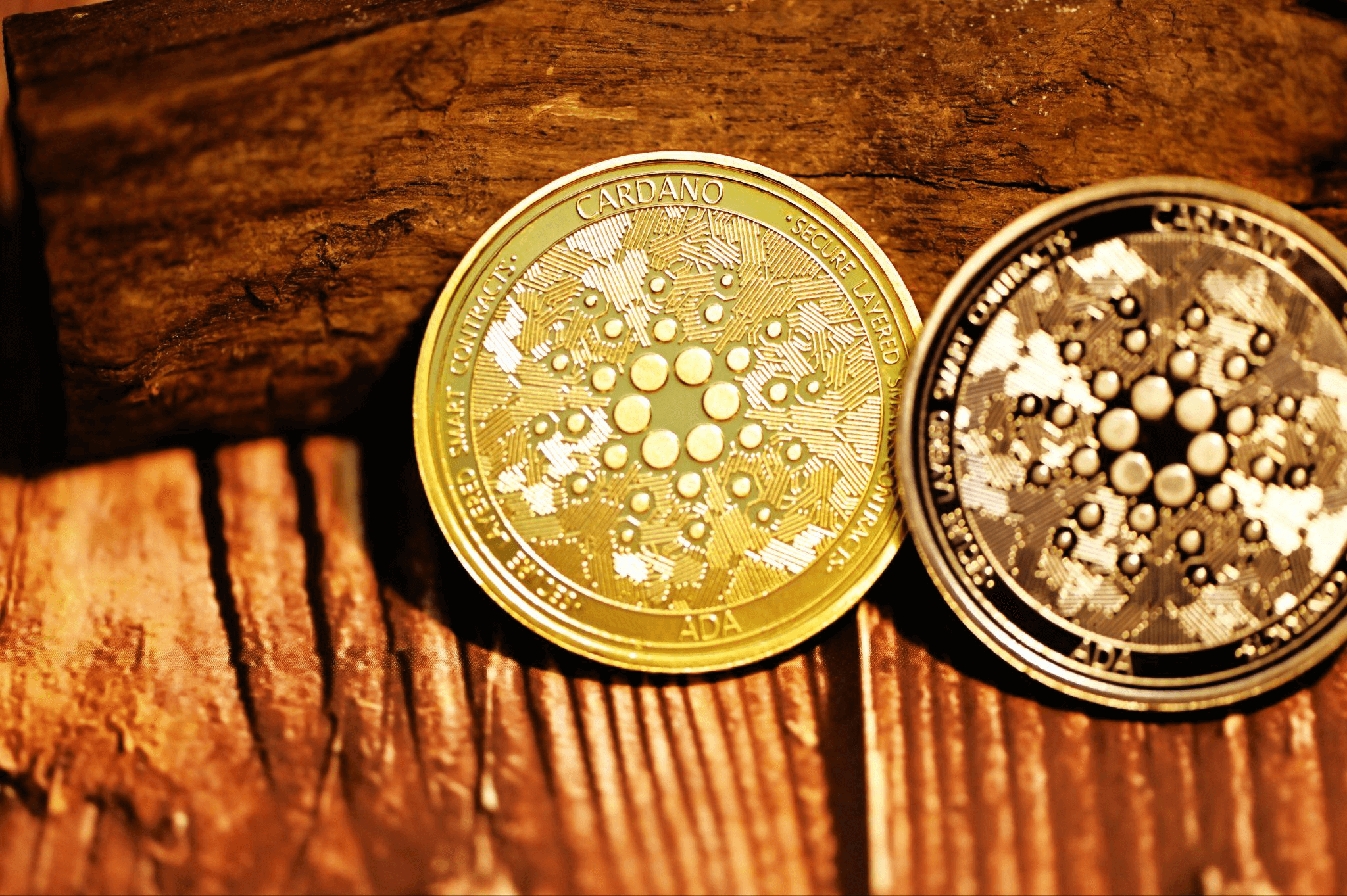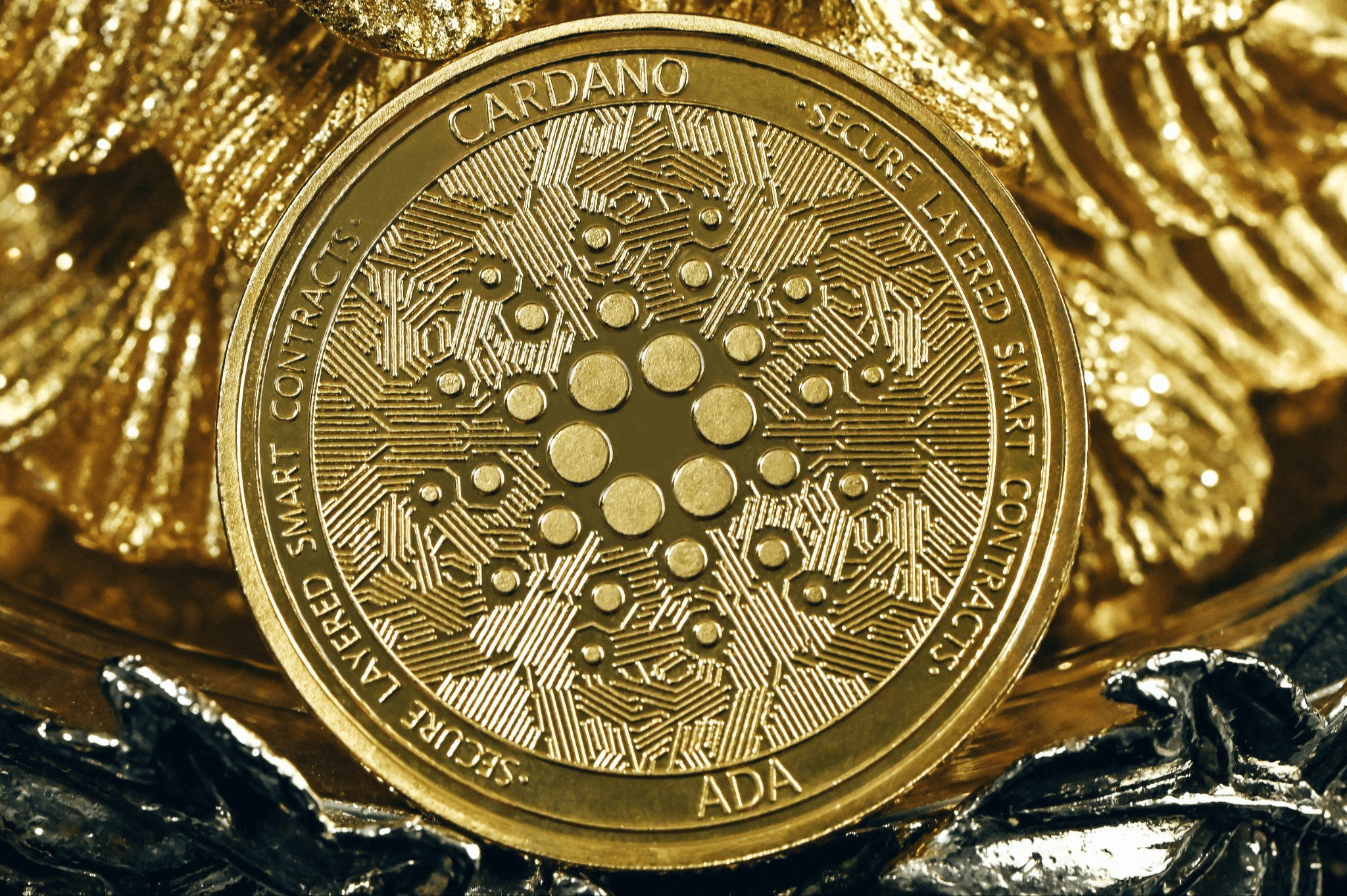The necessity for effective and timely data processing has become critical in the age of digital transformation, when data has taken on a vital role in enterprises and organizations. The way data is handled and evaluated has been revolutionized by edge computing, a technology that is altering the game. Edge computing makes it possible for reaction times to be quicker, data security to be better, and network latency to be lower by moving processing closer to the location where data is generated. We shall discuss the idea of edge computing, its advantages, and its possible effects on many businesses in this post
What Are the Benefits of Edge Computing?
- Reduced latency: Edge computing moves data processing closer to the point of data creation, to the network’s edge. Due to this close proximity, transferring data to a centralized cloud server for processing has substantially less delay. Edge computing may be very advantageous for real-time applications that need minimal latency, such augmented reality, industrial automation, and self-driving cars.
- Improved data security and privacy: Sensitive data may be maintained inside a safe perimeter by being processed locally at the edge, lowering the possibility of data breaches and unwanted access. This is especially important for sectors like healthcare, banking, and government that deal with sensitive data.
- Network bandwidth optimization is made possible by edge computing, which cuts down on the amount of data that needs to be sent to a central cloud infrastructure. Edge devices can perform initial processing and filtering, delivering just the pertinent insights or aggregated data, lowering the demand on network resources instead of sending raw data to the cloud.
- Increased scalability and dependability: Distributed data processing made possible by edge computing allows for increased scalability and resilience. Organizations can manage heavier workloads, adapt to changing demand, and guarantee ongoing service even in the case of network outages or server failures by spreading computing resources among edge devices.
The Function of Edge Computing in Cardano’s Future
-
- Transactions that are decentralized and secure: Cardano is a decentralized blockchain technology that focuses on security and scalability. The security and efficiency of the Cardano network may be greatly improved through edge computing. Utilizing edge devices allows for the local execution of transaction validation and verification, minimizing the need for centralized servers and enhancing the overall decentralization and robustness of the blockchain.
- Real-time data analytics: By processing and analyzing transaction data at the network’s edge, edge computing can make real-time data analytics for Cardano possible. This can offer insightful information on user behavior, network performance, and security risks, enabling proactive decision-making and boosting the effectiveness of the blockchain.
- Integration with the Internet of Things (IoT): Cardano intends to close the gap between blockchain technology and the IoT. Because it enables localized data processing, device-to-device communication, and effective management of the enormous amounts of data produced by IoT devices, edge computing is a crucial enabler for IoT integration. Cardano can smoothly interact with IoT networks thanks to edge computing, opening up new use cases and fostering creativity.
- Enhanced user experience: By lowering latency and delivering quicker reaction times, edge computing can enhance the user experience of Cardano apps. This is crucial for applications like supply chain management and financial services that demand quick transaction confirmation.
Investing in Cardano and the Rise of Edge Computing: Embracing the Future
The nexus of blockchain and edge computing offers investors new potential as the world of technology continues to advance. Cardano is in a good position to take advantage of the potential of edge computing and influence the future of distributed systems thanks to its emphasis on security, scalability, and decentralization. Investing in Cardano and embracing the growth of edge computing might be a wise strategic choice for the following main reasons:
- Potential for network expansion: Cardano has received a lot of attention and support from the cryptocurrency world for its avant-garde use of blockchain technology.
- Cardano’s capacity to interface with edge devices and offer quick, safe transactions can draw in a wider user base as edge computing becomes more common. This might enhance network adoption and boost the value of the ADA coin.
- Edge computing and blockchain technology are complimentary in terms of technology. Cardano can provide increased scalability, quicker transaction speeds, and greater privacy by fusing the decentralized and transparent characteristics of blockchain with the distributed data processing capabilities of edge computing. Cardano is well-positioned to compete in the developing world of blockchain and distributed systems because of this technological synergy.
- Market demand and examples of use: Many industries, including healthcare, logistics, smart cities, and autonomous cars, are embracing edge computing. These sectors demand high security, low latency, and real-time data processing, all of which may be delivered by combining Cardano with edge computing. Cardano’s value proposition gets stronger since there is a growing need for decentralized solutions and effective data processing.



